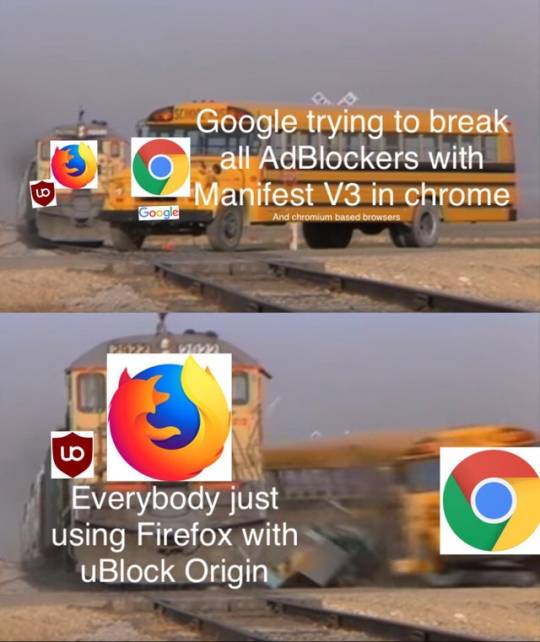Text
Love how tumblr has its own folk stories. Yeah the God of Arepo we’ve all heard the story and we all still cry about it. Yeah that one about the woman locked up for centuries finally getting free. That one about the witch who would marry anyone who could get her house key from her cat and it’s revealed she IS the cat after the narrator befriends the cat.
326K notes
·
View notes
Text
do not underestimate my ability to overthink & make myself physically ill
15K notes
·
View notes
Text
who wants a list of some of my best videos about video game economic crisis events theyre kind of my favorite subject of all time
59K notes
·
View notes
Text
california girls we’re inconsolable
dreams of doom the visions wont stop
87K notes
·
View notes
Text
I will not have a crush. Having a crush is the mind killer. Having a crush is the little death that brings total obliteration. I will face my crush. I will allow it to pass over me and through me. When the crush is gone I will turn my inner eye to see its path. Where the crush has gone, there will be nothing. Only I will remain
471 notes
·
View notes
Text
okay but saying “i wish i had known you sooner” — like the love in my heart is growing so big and fast for you that i wish i had the opportunity to have you way earlier by my side, because i want to love you longer than i can do now. my love for you reaches my past and makes a place for you.
135K notes
·
View notes
Text



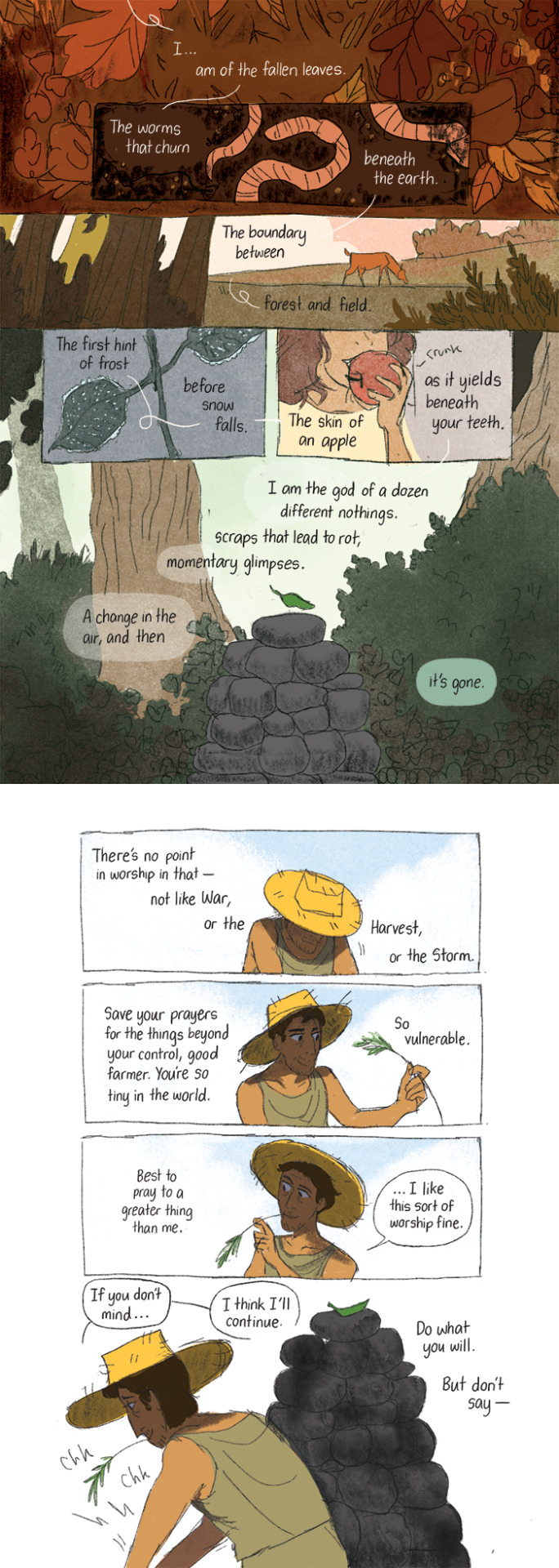

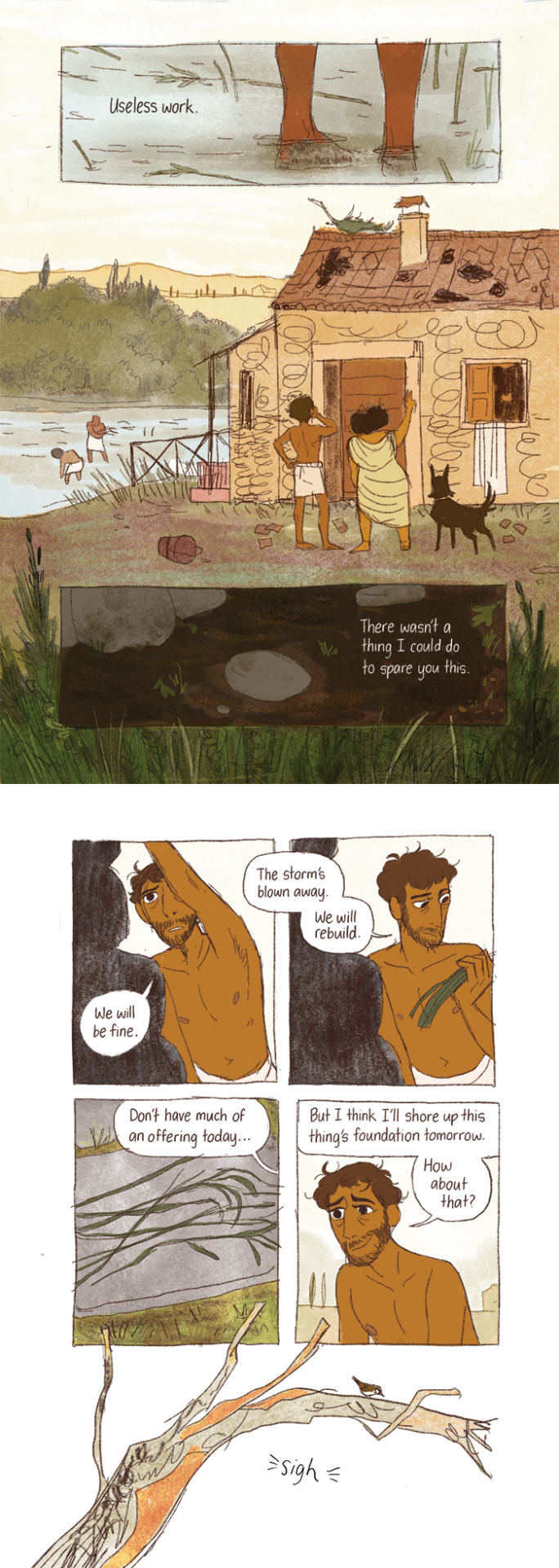

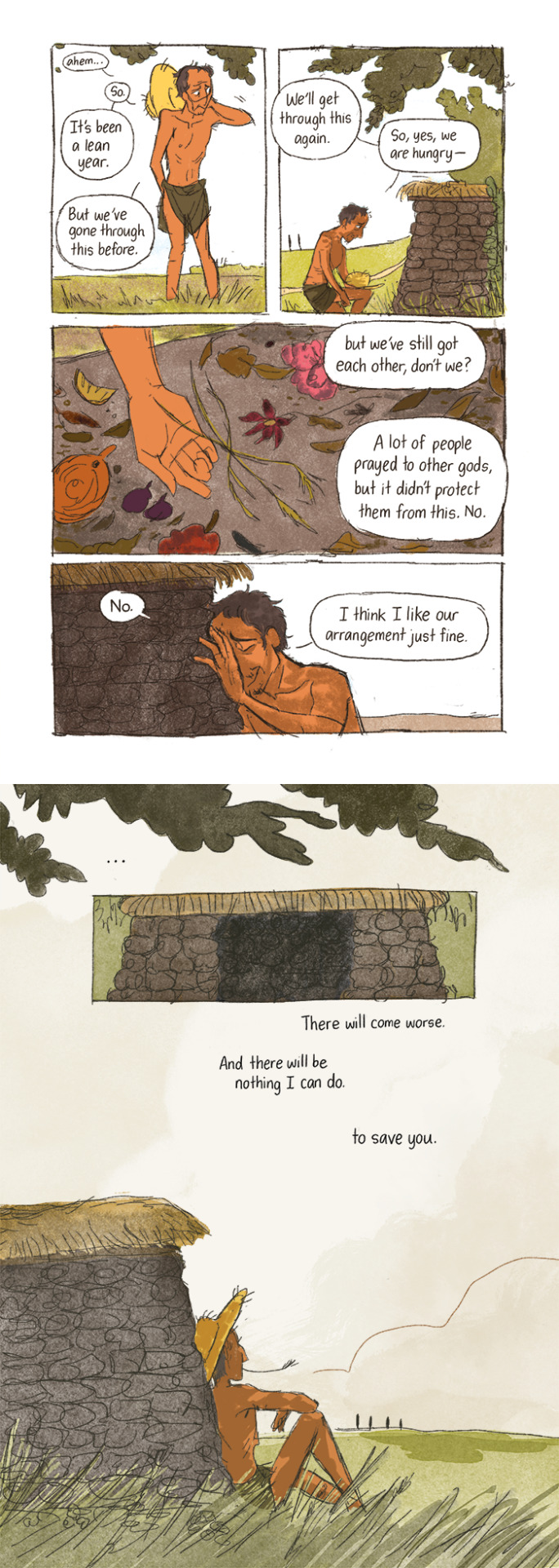








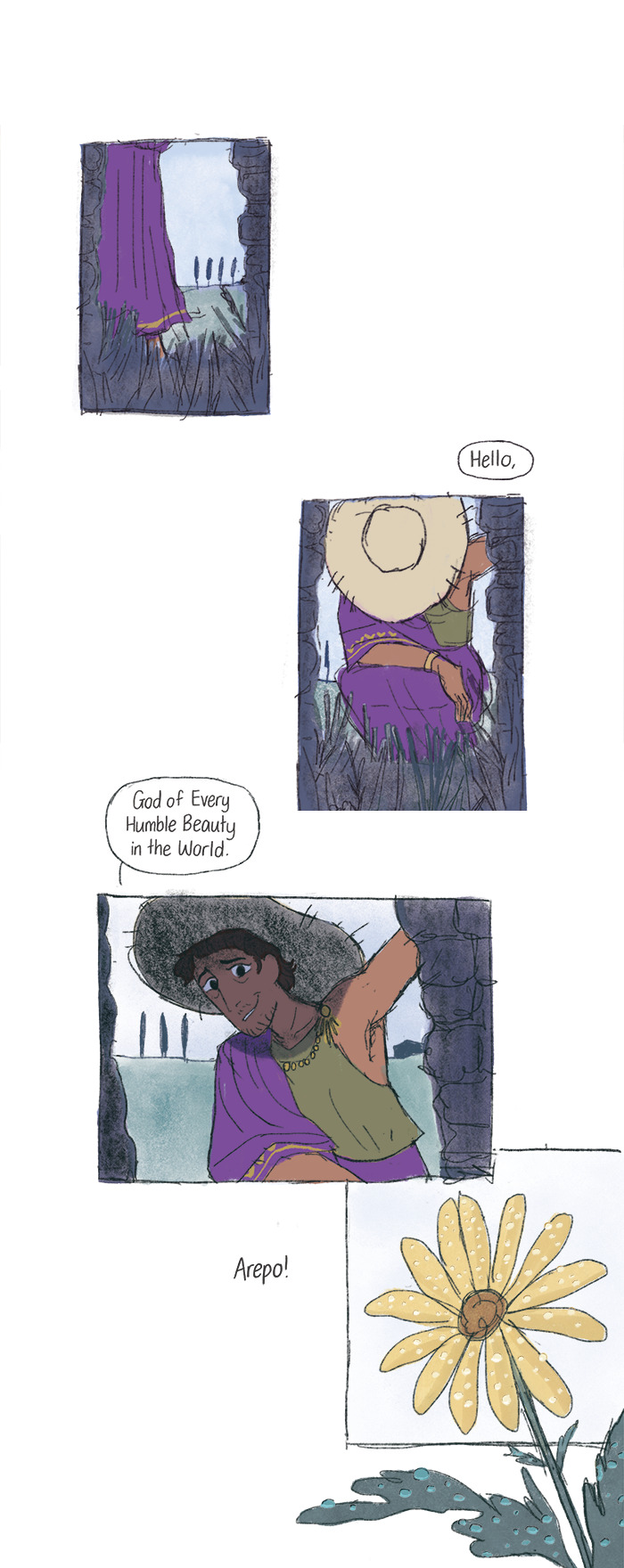
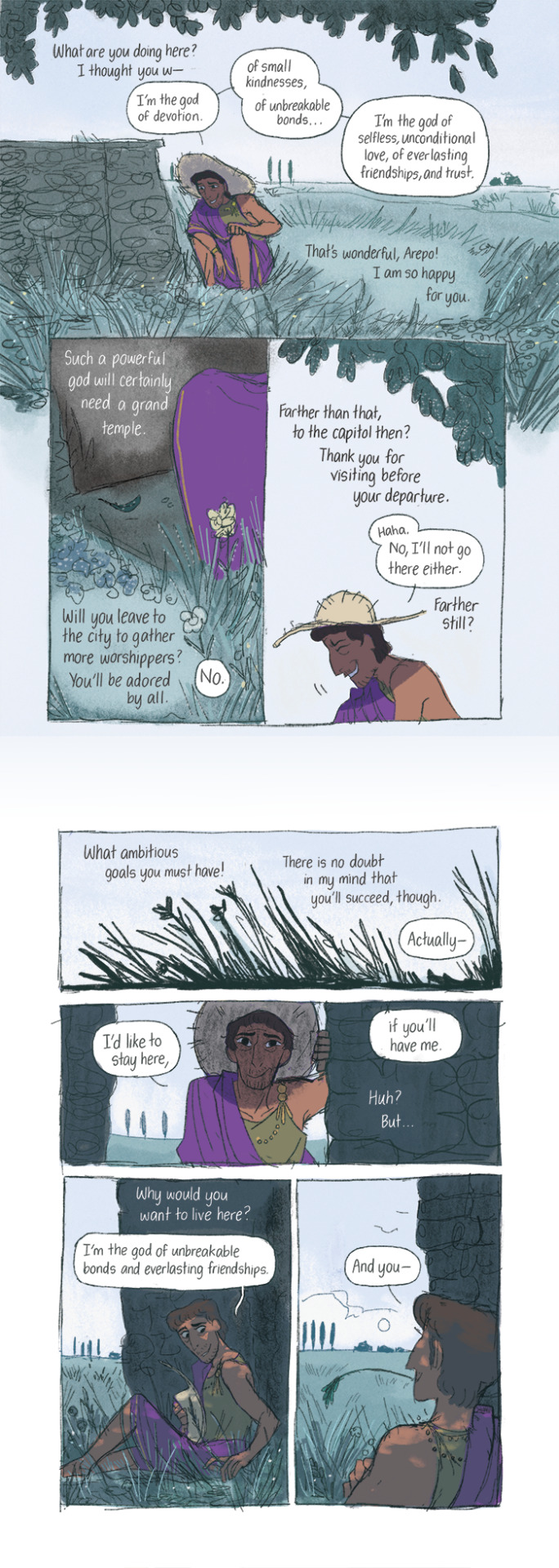
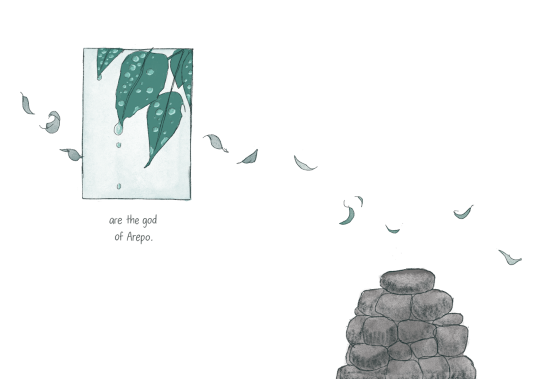
My adaptation of the God of Arepo short story, which was originally up at ShortBox Comics Fair for charity. You can get a copy of the DRM-free ebook here for free - and I'd encourage you to donate to Mighty Writers or The Ministry of Stories in exchange.
Again it's an honour to be drawing one of my favourite short stories ever. Thank you so much for the original authors for creating this story; and for everyone who bought a copy and donated to the above non-profits.
90K notes
·
View notes
Text
BOOK OF KELLS BOOK OF KELLS BOOK OF KELLS BOOK OF KELLS
66K notes
·
View notes
Photo

Sims 4 page on Steam. Not to be controversial but I think the CEO of EA should be beheaded for this
152K notes
·
View notes
Text
small collection of links for ldov
would encourage looking for these in local bookshops if you can, especially books by authors of colour
on butch/femme: compiled readings, compiled by i.m. epstein (collection of genres)
the persistent desire: a femme-butch reader, edited by joan nestle (collection of genres, register on archive.org or here is a pdf)
last train out of the city by ivan coyote (poem)
the only blak queer in the world by ellen van neervan (poem)
boots of leather, slippers of gold by elizabeth lapovsky kennedy and madeline gold (history, register on archive.org)
odd girls and twilight lovers by lillian faderman (history)*
the vintage book of international lesbian fiction, edited by joan nestle (fiction, register on archive.org or here is an epub)*
women on women: an anthology of american lesbian short fiction, edited by joan nestle and naomi holoch (fiction, register on archive.org)*
stone butch blues by leslie feinberg (fiction, cw r*pe, assault, police brutality)
beebo brinker series by ann brannon (pulp fiction, this is all five books in one)
notes of a crocodile by qiu miaojin (fiction)*
the color purple by alice walker (fiction, cw incest, r*pe)
tipping the velvet by sarah waters (fiction)
oranges are not the only fruit by jeanette winterson (fiction)
zami by audre lorde (biomythography)*
s/he by minnie bruce pratt (memoir, register on archive.org)*
fun home by alison bechdel (graphic memoir)
epistemology of the closet by eve kosofsky sedgwick (lit theory)*
the T on chinese transmasculinity by jinghua qian (essay)
who says we don't talk about sex? by kitty tsui (essay, found in the persistent desire but this is my post so i'm adding it)
asterisk = things i haven't read but intend to
lmk if anything doesn't work i don't actually know how to use dropbox <3
3K notes
·
View notes
Text
lonely girls my beloved. i see you staying in your room, i see you standing in grocery store aisles feeling the sudden wave of isolation wash over you. i understand how badly you want and how bad that makes you feel. i get it. we're not alone. but we are.
59K notes
·
View notes
Text






All my recent rooms I’ve decorated
2K notes
·
View notes
Text
this book website gives you the first page of a random book without the title or author so that you can read it with no preconceptions!!! great for discovering new recs
47K notes
·
View notes
Text
How Plotlines add Dimension

When writing a novel, you need to use more than one plotline. In fact, most successful books need at least three. If they only have one or two the story may feel flat, bloated, or repetitive, because the writer doesn’t have enough variety to draw from. But it’s sometimes not enough to just pick any three plotlines–there are different types, and there are reasons there are different types. By picking three different types, you give your story satisfying dimension.
Think about it. When we talk about dimension in life, we are usually talking about three dimensions: height, width, and depth. We aren’t talking about height, height, and width. Or width, width, and depth. We are talking about at least three different measurements. Sometimes time is added in–a fourth measurement–and theoretically, we could add more. But until there are at least three measurements, the object is only two dimensional (aka, flat).
There are at least six different types of plotlines:
Protagonist’s External:
This is the type of plotline most of us recognize first. It’s the “outer journey” of the protagonist. It’s Star Lord saving the galaxy. Or Dr. Faustus making a deal with the devil for unlimited knowledge. Or the man who is trying to win over the love of his life. Often this contains the main antagonist, so that there is a kind of a back and forth between the protagonist and antagonist.
Protagonist’s Internal:
The second-most recognized plotline. This is the “inner journey” of the protagonist–how the protagonist arcs (changes or remains steadfast) over the course of the story. This means that the antagonist is the self–it might be a flaw, weakness, or misbelief that the hero has to overcome, to become who she is meant to be. This is where the “inner demons” lie and fight back.
Relationship/B Story:
Depending on who you listen to, some teach that the first two plotlines are part of the “main story” or “A story.” Then there is a secondary story, the “B story.” As professionals like Blake Snyder and Robert McKee state, this is most often a relationship plotline. Usually this is about the protagonist and a love interest, but it might be the protagonist and a best friend, sibling, mentor, parent, or even rival (the Influence Character). It’s a plotline about how a relationship develops, grows, or changes.
The reason the relationship plotline works so well, is because it fits between the protagonist’s external and internal plotlines. It’s not as extreme and far-reaching as the external plotline, but it’s not as intimate and deep as the internal plotline. Therefore it adds dimension.
Personally, I don’t think the B story always needs to be a relationship. But it needs to be something that is not as big and broad as the protagonist’s external journey, and not as deep as the internal plotline. I think that is a more accurate understanding of it. However, most B stories are relationship plotlines, and even if they aren’t, almost all stories still have a relationship plotline.
But this is a conversation that can get into semantics–what we call what, how we define things, and where we choose to slice and dice story elements.
Society/World:
From there, in many stories, there is conflict within the society and world the protagonist inhabits. Luke Skywalker may have his own external and internal plotlines, but beyond him, is a whole war between the Rebels and the Empire. In Catching Fire, Katniss is pinned against tributes, but there is a plot playing out between the Capitol and the Districts. And least you think this is for only epic genres, in a Hallmark movie, a local business or tradition might be at stake. Keep in mind that any group or collective can function as a society. For example, a conflict between students and teachers could fit this type.
The society/world plotline is broader than the protagonist’s external plotline because it has more participants and bigger groups. They may intersect in significant ways, but the society/world plotline is “above” it.
Influence Character:
Other than the protagonist, there is usually a key, influential character. This is pretty much always who the protagonist is in a relationship with in the B story. This character adds dimension because, unlike the protagonist, it is someone we are observing, more or less, from the outside. The audience isn’t as close to them as the protagonist, but they aren’t as opposed to them as the antagonist. This is a character whose power comes from influence–from influencing the protagonist and/or the A story (directly or indirectly). Because of this, the influence character may often have his or her own plotline–goals, hopes, fears, obstacles–through the story.
Undercurrent Story:
This is a plotline of my own definition, because I haven’t seen it defined anywhere else, though it has been written many times. The undercurrent story is a plotline that happens “under” the story the audience is seeing. Rowling uses this in every Harry Potter book. For example, in Deathly Hallows, the surface story focuses on finding and destroying Horcruxes, while the undercurrent plotline is about the Deathly Hallows. In Goblet of Fire, the surface story is about the Tri-wizard Tournament, but the undercurrent plotline is Barty Crouch Jr. trying to resurrect Voldemort. Another famous example is Sixth Sense, where Dr. Malcom discovers he’s been dead the whole time.
The undercurrent story is a plotline that usually touches the surface several times before fully surfacing at the end, changing the context of prior incidences (this may result in a twist). It may touch and influence other plotlines, but we don’t have a clear understanding of it until later. It plays out, to some degree, off page, but progresses alongside the main story (it’s not just backstory). Because of the nature of the undercurrent plotline, it should be added as a fourth or fifth (or sixth) type of plotline–it won’t give the writer enough to work with as a third. It nevertheless adds dimension.
To learn more about undercurrents, you can check out my earlier posts on them here and here.
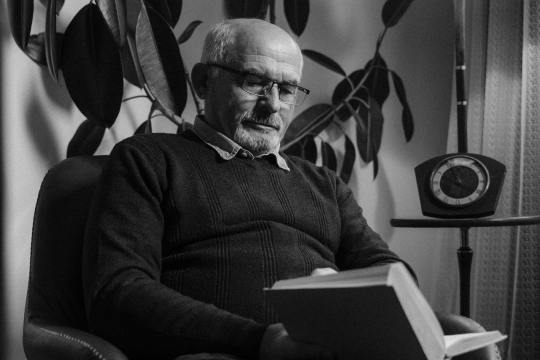
We have now defined six different types of plotlines. Most successful stories (other than maybe short stories) have at least 3 - 4 different types. The most common three are the first three, but not all stories have all of them. For example, not all protagonists actually have an internal plotline. In such cases, theoretically, a different plotline type needs to be added. So maybe the story has the external plotline, relationship plotline, and society/world plotline, instead.
If you start with an external plotline and only add more and more internal plotlines, the story may feel off and repetitive: height, height, width, for example.
Once you’ve decided on at least 3 - 4 types, you may add and layer more plotlines that somehow fit between them–similar to what we did with the B story. You may have another internal plotline that is not as powerful, far-reaching, nor as personal as the main internal plotline. Or you may have another relationship plotline that is further removed by a degree. Or you may have another secondary character plotline, that is not as important as the influential character’s, but still affects the protagonist and story. But you need at least 3 - 4 “main” plotlines of different types for a story to have dimension.
This taps into how some epic novels are structured. You may have a protagonist who has an external plotline, an internal plotline, and be a participant in a society plotline. Then you may also have secondary characters who each have their own external, internal, and society plotlines. And they also may have different relationship plotlines, with different Influence Characters. (Confused yet?)
As with all writing guidelines, I’m sure there are exceptions that exist to all these things. For example, it’s not strictly impossible to write a story that doesn’t have three different types, just that such stories add more of the same–adding “length” as opposed to “depth.” Harder to pull off and less likely to be as satisfying. Sometimes as writers, we mistakenly think that the more of the same we add to a story, the more powerful that element, but in reality, it’s often contrasting that element that results in more power.
632 notes
·
View notes
Text
Surnames are just as important as given names. So, I compiled a list of the websites I use to find my surnames.
English Surnames
Dutch Surnames
Spanish Surnames
Scottish Surnames
German Surnames
Italian Surnames
Irish Surnames
French Surnames
Scandinavian Surnames
Welsh Surnames
Jewish Surnames
Surnames By Ethnicity
Most Common Surnames in the USA
Most Common Surnames in Great Britan
Most Common Surnames in Asia
261K notes
·
View notes
